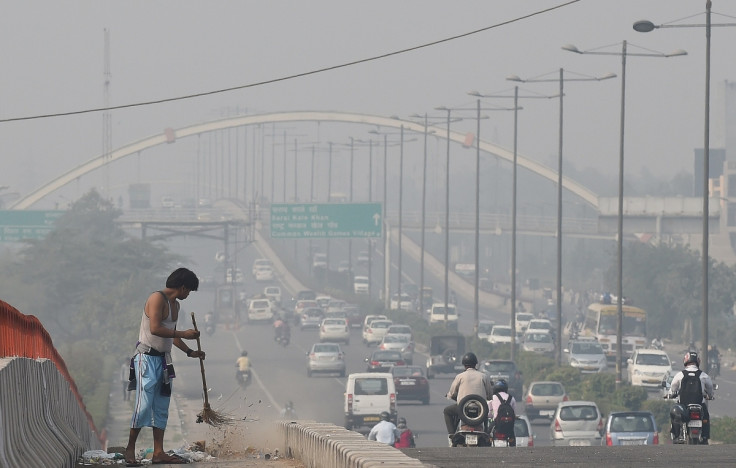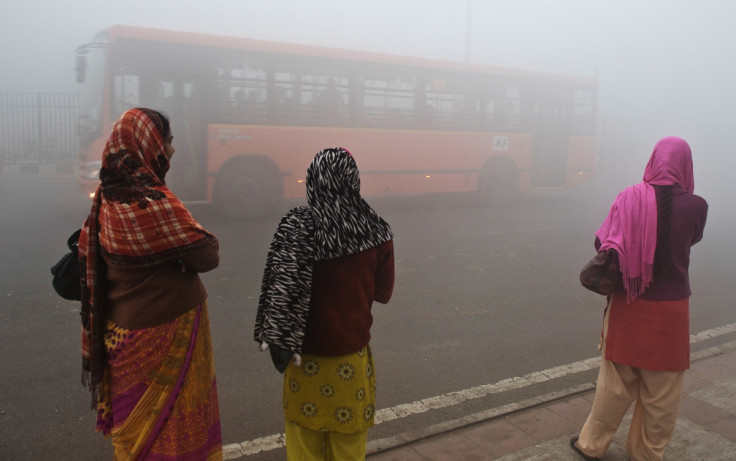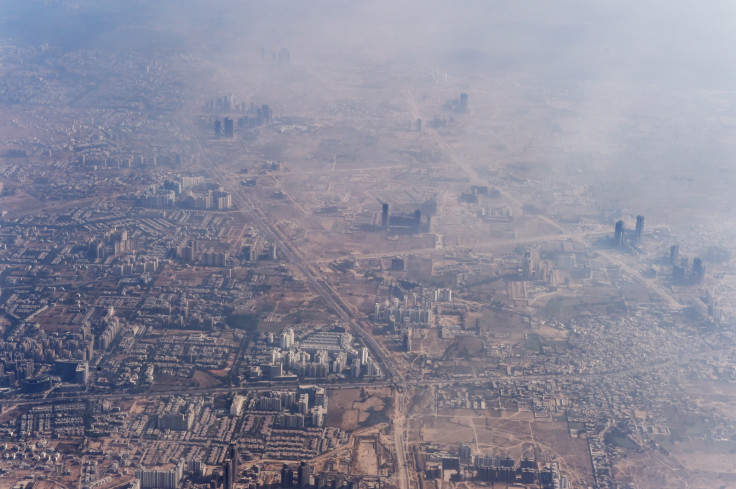Delhi: World's most polluted city is 'toxic pollutant punchbowl with myriad of ingredients'

Delhi is the world's most polluted city because it is a "toxic pollutant punchbowl" with a wide variety of factors giving it its notorious title, a study has found. By assessing the megacity's landscape, weather, growing population and energy consumption, scientists were able to work out how and why Delhi is so polluted.
The team, from the University of Surrey, found a combination of factors combined to cause elevated levels of air pollutants – leading to the death of thousands of people every year. Study author Prashant Kumar said: "Whilst it might be easy to blame this on increased use of vehicles, industrial production or a growing population, the truth is that Delhi is a toxic pollutant punchbowl with myriad ingredients, all which need addressing in the round."
"Air pollution has been placed in the top ten health risks faced by human beings globally. Delhi has the dubious accolade of being regularly cited as the most polluted city in the world, with air pollution causing thousands of excess deaths in a year in this growing megacity."

In the study, which has been accepted for publication in the journal Atmospheric Environment, the researchers note that Delhi has a population of around 25.8 million – a figure that is continuing to grow. Energy consumption in the city rose by 57% between 2001 and 2011.
The growing population is expected to bring with it an increase in road vehicles – experts are predicting it will rise from 4.7 million seen in 2010 to 26 million in the next 15 years. But it is not just cars that is causing the rise. Chennai has 10-times more cars, but pollution rates are 10-times lower. Other factors at play cause the extreme pollution, the authors say.
Because the city is landlocked, there are few ways to get rid of polluted air. For example, coastal cities like Mumbai are refreshed by sea breezes. But Delhi's surrounding industrial regions are often more polluted by the city itself.
Its densely packed architecture, varying building heights and weather conditions also affect its ability to get fresh air – decreasing temperatures draws outside polluted air into the city, while hot windy and dusty summer conditions worsen the problem. Add to this the use of low-quality fuels like raw wood, diesel generators and cow dung, air pollution becomes inevitable.

"The picture of Delhi's pollution problem is complicated and is aggravated by some factors that are out of human control," Kumar said. "However, in this growing city it is important that the population is protected in whatever ways they can be from health-endangering pollutants." He said putting artificial or natural grass on unpaved roadsides might help to limit the course of dust particles during windy seasons, while investment in wetlands and trees would also go some way to limiting pollution.
Indian prime minister Narendra Modi has made a number of commitments to tackle air pollution in the country. In April he launched the country's first air quality index and environment minister Prakash Javadekar said the move "may prove to be a major impetus to improving air quality in urban areas, as it will improve public awareness in cities to take steps for air pollution mitigation".
Kumar said the cultural context is vital to reduce air pollution: "Even the best science and technology will not succeed in reducing emissions and improving air quality if it is not considered in a broader framework of economic development of the country, rising awareness of public health risks and a change in attitudes and regulation towards poor quality fuels. It is a complicated, pick-and-mix of problems that will prove difficult to combat without innovative, encompassing and quick action."
© Copyright IBTimes 2025. All rights reserved.






















